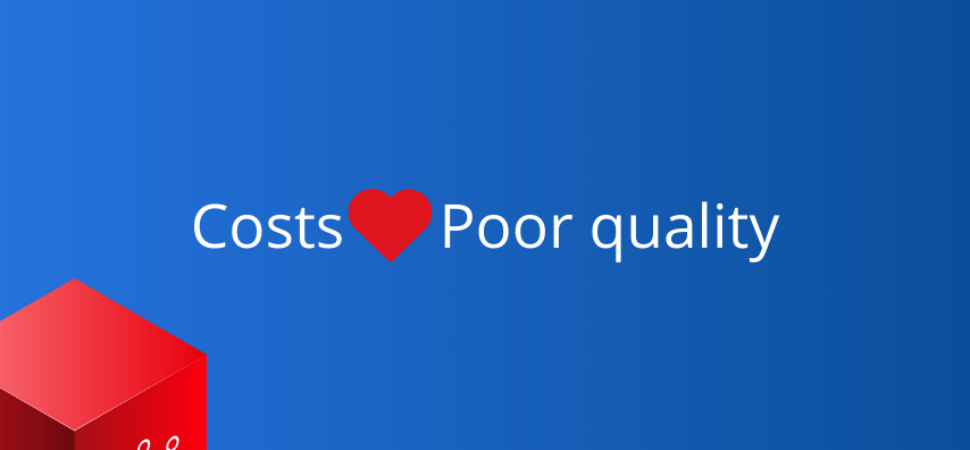Streamlining Machine Settings for Efficiency in Packaging
In the fast-paced world of consumer goods manufacturing, small inefficiencies can lead to significant costs. That’s why a 12-month Green Belt project in the packaging department set out to address a persistent challenge: the need for excessive manual adjustments on a servo-driven machine after each batch change. Using Lean Six Sigma’s DMAIC framework, the cross-functional team, comprising operators and a formulation manager, dove into the root causes of the issue. The machine's tendency to reset to default settings was costing valuable time, frustrating staff, and eroding productivity. With a goal to reduce these adjustments by 75%, the team employed tools like Fishbone Diagrams, FMEA, and Measurement System Analysis to uncover and address the problem at its source. The results? A staggering drop in manual interventions per batch, from six down to under one. This improvement translated into an estimated $15,000 in annual savings and freed up operator time for other critical tasks. Just as importantly, the project fostered a sense of ownership and engagement among staff, proving that inclusive teamwork and data-driven problem solving go hand in hand. This case exemplifies the power of Lean Six Sigma to unlock hidden efficiencies and foster a culture of continuous improvement, even in the most routine operational settings.









